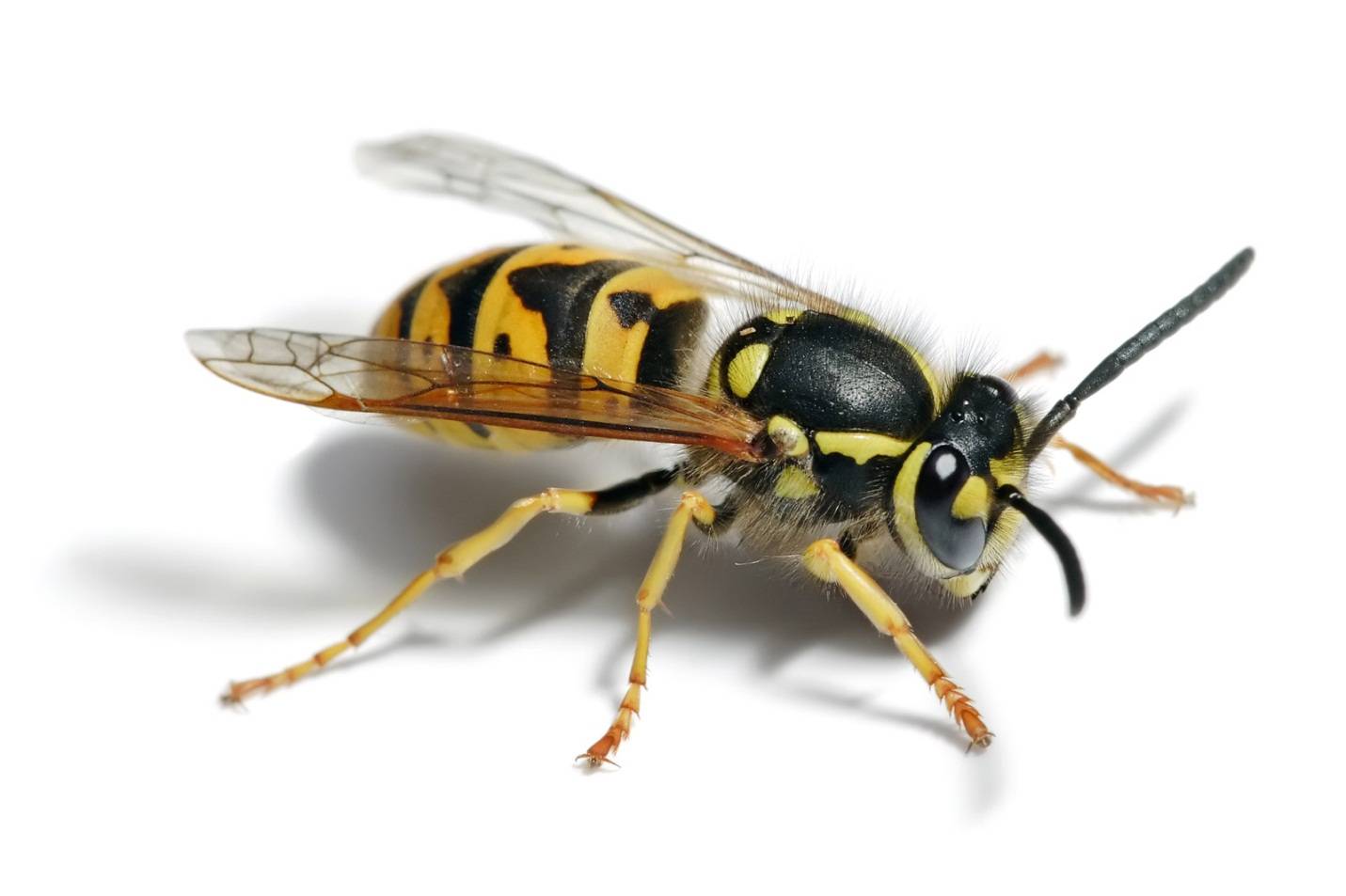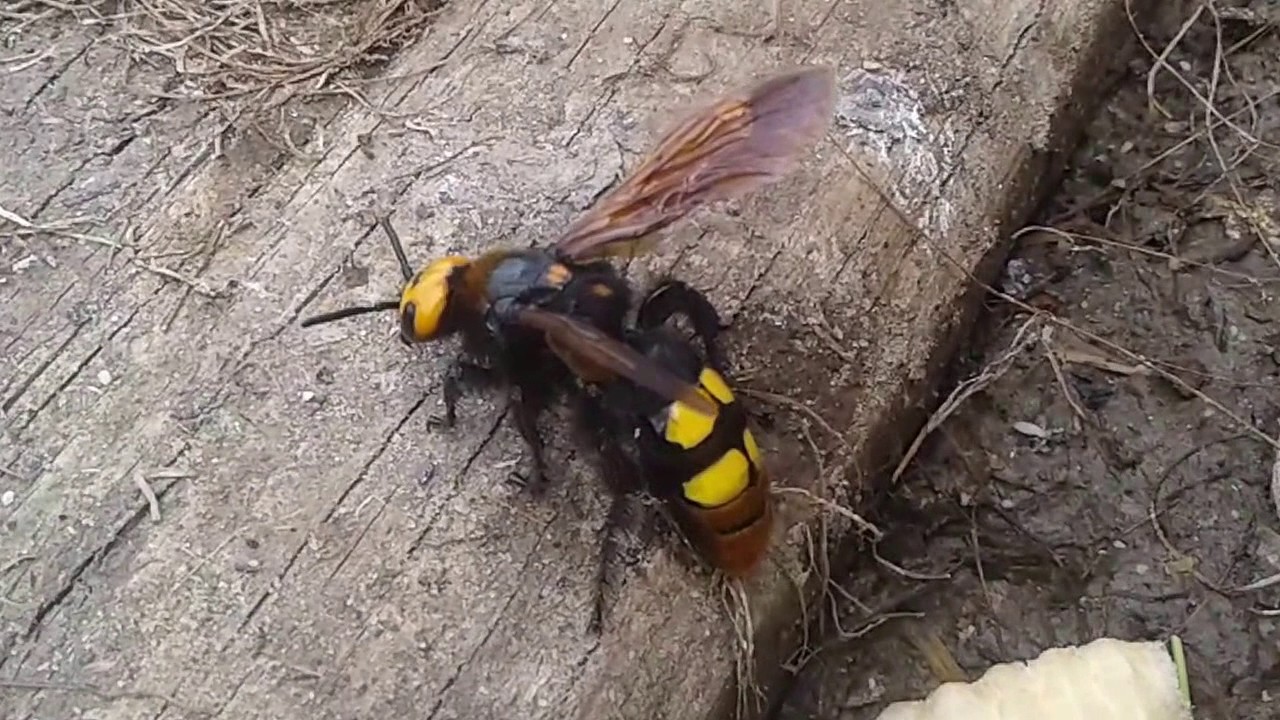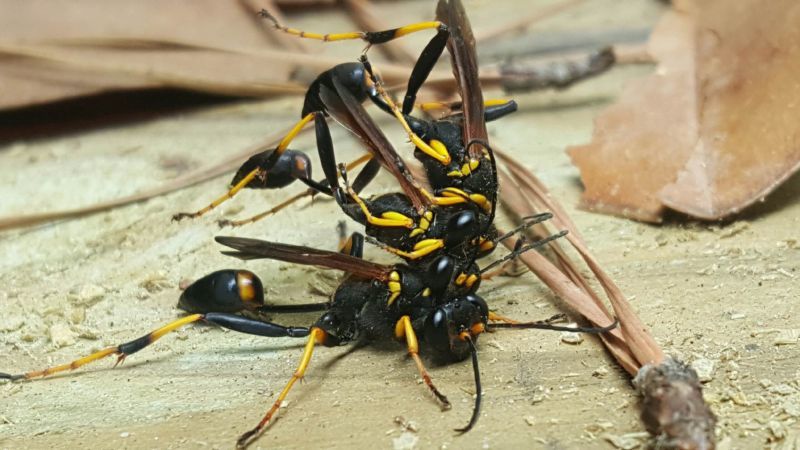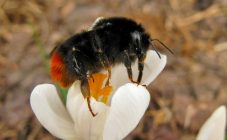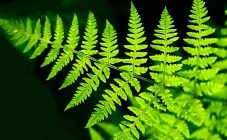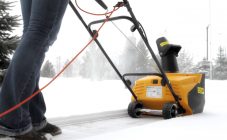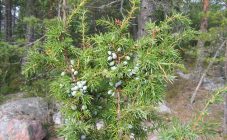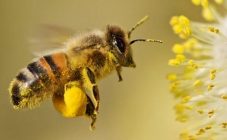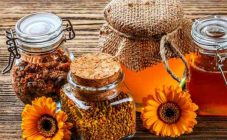Content:
Wasps are unique: from eating habits and reproduction to the constituents of poison and self-defense. Insects belong to the order Hymenoptera, which includes their various species.
Wasp species: description
Black
Typhia is a black wasp that parasitizes May and June beetles. To find the larvae, the females burrow into the soil. Next, an injection causes paralysis of the beetle larva to lay 1 egg on its abdomen. A few days later, the typhia larva hatches. It bites through the skin of the victim with its jaws and begins to feed on its body.
For a week and a half, the wasp larva gains weight, kills and empties the shell of the baby beetle. Then the full larva is taken into the skin that has been released and pupates. Thus lies until the onset of spring.
Huge
The hornet wasp represents a large wasp, as the hornet is called in another way. Insects belong to the family of true wasps. There are 23 species of hornet wasps in the world, which are similar to each other, but differ in appearance. The dimensions of the hornets are from 2 to 5 cm. The common hornet is found in Russian household plots. The stinging insect has a powerful body up to 3.5 cm in length.
Insects with a red color are found in Europe. Nests are erected and colonies are formed, which are established by the queen who survived the winter. During cold weather, workers do not survive. For the arrangement of the dwelling, they choose sheltered places: hollows, crevices. Chewed bark is used for construction.
Larvae appear 7 days after laying. The larvae feed on dead insects, which the female delivers. Larvae pupate after 10 days. Young hornets are also looked after by young hornets.
Often, hornet wasps do not build additional cells to breed the offspring. They use the old ones, where the old offspring grew up. Therefore, the purpose of the appeared insect is to clean the cell where the larva has formed.
Road
The pompilid family includes more than 5,000 species, among which road wasps are also represented. The difference between insects is that they are not engaged in creating a nest, but digging a hole in the soil. The sizes of individuals vary from 15 to 40 mm. The color of the wasps is black with yellowish or red spots. Thin and elongated limbs are equipped with digging ridges. Road wasps hunt for spiders, catch insects with a precise blow of a sting.
Burrowing bites can be quite painful.
Armored
The insect lives in South and Central America. The bite of an armored wasp of the victim has been compared to torture and endless agony. Pain syndrome from poison is rated at 4 on a five-point scale.
Wild
A characteristic feature of wild wasps is the striking yellow stripes on the body. The shade is black, monotone or black and yellow. Sometimes insects have a fluffy coating. Large-sized membranous wings are typical for creatures, which allow them to move quickly.
Insects make nests in hollows. Paper wasps prefer to dwell in the soil where they dig tunnels.Some species make cocoons, attaching a special leg to a horizontal or vertical surface.
Ordinary
Vespula vulgaris, or common wasp, belongs to the Vespidae family and lives in Europe and northern Africa. The species determines the size of the wasp. The length of the common wasp reaches 17 mm, individual females - up to 30 mm.
Most varieties have a catchy color that combines black, orange, yellow tones. A distinctive feature of the common wasp is an anchor-shaped pattern on the front of the head.
Wasps are subdivided into solitary and social. Social individuals live in colonies where there are females, males and workers or underdeveloped females. There are no workers in the first group.
Ovipositor only in female wasp. Insects are able to sting the prey several times to protect the nest. They sting in the fall if they are forced to go in search of food in an overcrowded nest.
The habitat depends on the preferences of the different species:
- underground;
- in depressions: hollows of a tree and crevices of buildings;
- on the branches of plants.
Food
Wasps don't give up on sweets. Leftover jam attracts predators. The aspen menu contains pollen, but bees, spiders and flies are also devoured. Insect predation is detected when the larvae are provided with food: egg-laying is carried out in a large caterpillar. Piercing the skin of the caterpillar, like with a scalpel, allows you to lay eggs, then the larvae feed, eating the victim from the inside. How incubators are used:
- spiders;
- cicadas;
- beetles.
Reproduction
Mating of individuals occurs in October. The female wasp mates once and brings at least 2000 larvae.
Scolia
Scolia wasps are distinguished by their size and attractive appearance. Insects are not dangerous to humans, the poison does not hurt when bitten. Adults feed on flower nectar. The larvae parasitize large beetles. The habitat of scoli is subtropics and tropics, although insects are found in the northern regions. Among the skolias, there are:
- big-headed;
- steppe;
- gigantic.
Insects bring both harm and benefit to humans.
Burrowing
Sand, or burrowing, wasps have 200 species. Insects lay in the ground. The larvae are fed with small parasites: spiders, aphids.
The dimensions of the burrowing insects are 5-20 mm. The life span ranges from 1 to 1.5 months.
Forest
The broadleaf parks and forests of Eurasia are the habitat of the forest wasp. The wood wasp is small in size: males - up to 16 mm, queens - up to 19 mm, workers - up to 15 mm. Forest insects are calmer than other species. The number of working individuals, as a rule, is estimated at 30-100 wasps.
Placing a wood wasp nest - usually in shelters above the ground. Three-tiered nests of forest insects are characterized by a grayish tint.
Woody
There are many varieties of woody wasps that are orange in color. The sizes of individuals vary in the range of 10-60 mm. Large dimensions are the main difference between the hornet, which represents the genus. The synodica wasp is an interesting specimen, but it is difficult to find a description of the insect.
Sequins
A distinctive feature of insects is the attractiveness of catchy colors with a shiny color. On the body of the lustrette, red, greenish and blue tones shimmer. The dimensions of adult wasps do not exceed 15 mm.
The peculiarity of the way of life is parasitizing on butterflies, bees or sawflies. Sex is distinguished by the number of segments on the abdomen: 4 - in the female, 5 - in the male. Pollination of plants and the destruction of parasite larvae are not complete without lamb.
Pelopeus
Insects belong to the family burrowing wasps, which numbers 30 species and is famous for:
- predation and trouble about the offspring;
- building nests for larvae and filling them with food.
Pelopeus builds a shelter of mud, fills with paralyzed insects.
Note! The paucity of the aspen population in the Russian part of Eurasia is the reason for inclusion in the Red Book.
A large wasp reaches 15-29 mm in length. Black color dominates. Yellowish tone present on articulated whiskers, wing cups, stalk and tarsi. Transparent wings with pale brownish veins.
The most powerful mandibles do not belong to the main wasp weapon. The abdomen of the Pelopea ends with a sting that is in contact with the glands that produce poison.
Way of life
Pelopeus is a solitary wasp. Individuals contact when mating.
Insects take refuge in the vicinity of villages and small towns in houses that are heated. In open areas, structures made of mud under the influence of precipitation become soaked and destroyed.
The activity of the Pelopean wasp is manifested at elevated temperatures. They fly out with the arrival of summer. In the diet of adults, pollen is preferable, umbrella crops are preferable. The larvae are carnivorous, feeding on spiders brought by the mother.
Building a nest
The offspring house includes 3 cm long cells that are filled with prey. The process takes 1-2 days. To deliver the required amount of mud, the female makes 12 to 15 flights. When the construction of the cells is over, an additional mud layer is applied to the nest.
Emerald
The habitat of the emerald wasp is the tropics. When the brain is damaged, the manipulator wasp controls the movement of cockroaches - their zombified victims. After the bite, the predatory insect guides the victim into the hole by the antennae to lay an egg on it.
Pepsis
Pepsis, or lat. Pepsis is a very dangerous big wasp, which can be up to 55 mm long. The insect has a black or purple-blue color. The victims describe the soreness of insect bites as contact with electrified acid.
Pepsis, which belong to the genus of road wasps, hunt tarantulas. In case of defeat and paralysis of the spider, the insect drags the victim into the burrow and spends the egg laying on the chest. The tarantula lives in anticipation of a terrible death. Breeding a small wasp marks the ingestion of a paralyzed but living tarantula from within.
The largest wasp in the world
The dimensions of wasps vary over a wide range: from 1 cm in a small flower wasp to 6 cm in an Asian giant scolia.
The spotted wasp scolia is considered a beauty among the representatives of the largest Hymenoptera. The body size of the largest wasp is 32 mm in the male and 55 mm in the female.
Insects lead a solitary primitive way of life. Scolia with its impressive dimensions is harmless to humans, although the hand becomes numb with a bite.
A hornet from Asia is a giant copy of a European representative, but without a brownish tint in color: a body up to 50 mm long, the amplitude of the wings reaches 60 mm. The named hornet wasp has a frightening appearance. In the common people, the hornet is called the sparrow-bee.
Wasps with long hind legs
In appearance, the insect resembles an ant and belongs to the family of German wasps. Other names: velvet ants, mulillids. Some species are distinguished by the density of the hairy covering of females, which, in addition, lack wings. However, this is not an obstacle to sting painfully.
German wasps parasitize in the nests of paper wasps.
The most dangerous wasps in the world
Wasp monster
The official opening of the species - Megalara garuda, falls on 2012. The name of the wasp is based on the mythical chimera, which is the symbol of Indonesia. The insect is also called a warrior wasp because of its aggressive behavior towards opponents.
The length of the insect is 6.5 cm. Horror is attached to the jaws, which are larger than the legs and encircle the entire head.Scientists speculate that the warrior wasp uses its jaws to hold the female during mating.
Characteristic features of individuals:
- live apart, outside the swarm, under the open sky;
- do not build multi-storey nests;
- when laying eggs, they burrow into the ground;
- lead a carefree lifestyle.
Wasp warriors do not contact each other with special signals or sounds, do not require the participation of family members.
Insects will help out in the fight against pests of gardens and personal plots, and will facilitate the work of summer residents.
The warrior wasp keeps away from the person and his home. Shows aggression in self-defense.
Asian hornet
The dangerous wasp is found in East Asia, as well as in Japan. Every year, 50 people die from the bites of a huge wasp - the dimensions of the hornet are 5.6 cm. For allergy sufferers, sometimes the bites of killer wasps end in death. Vespa mandarinia, or killer hornet, is characterized by aggressive temper and courage.
The hornet feeds the young with the larvae of honeybees and completely destroys the hive during the hunt. 1 individual tears up to 40 bees into pieces within 1 minute.
The varieties of wasps are striking in their diversity. Insects are able to bring both benefits and harm, sometimes they are dangerous to humans. Therefore, it is important to navigate the aspen variety in order to take timely action.

